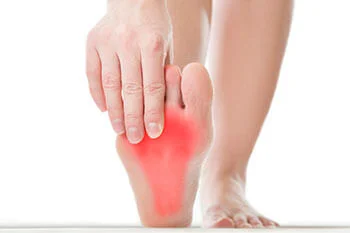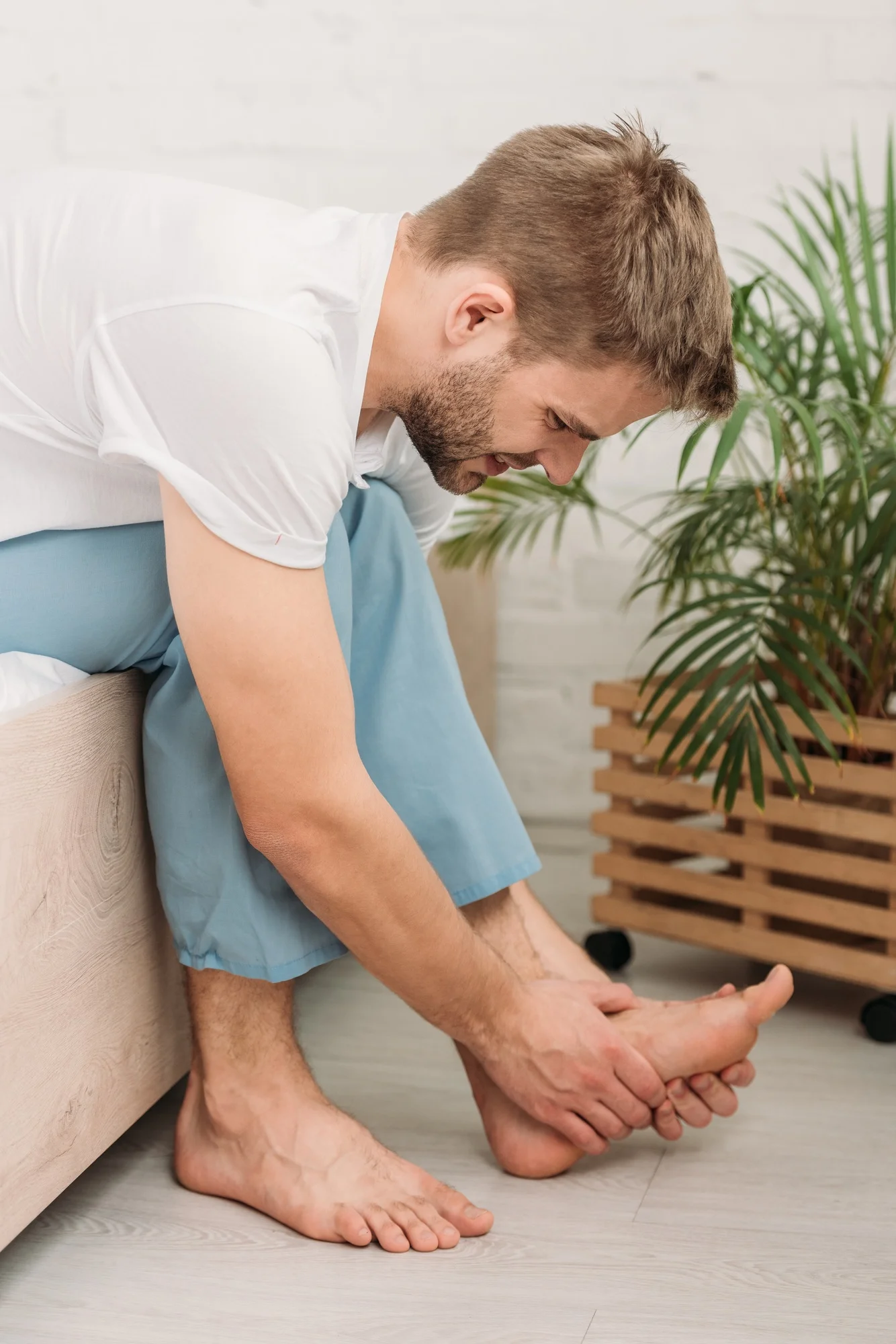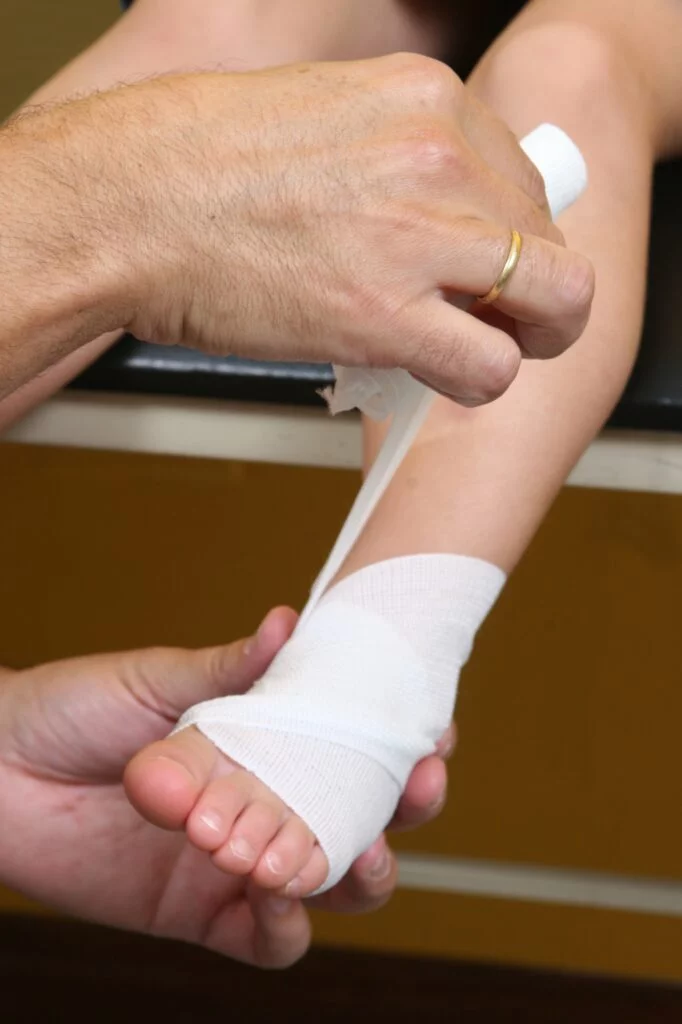Table of Contents
Introduction
What is Drop Foot?
Causes of Drop Foot
Several medical conditions and injuries can lead to drop foot, including:
- Nerve Damage: The most common cause is peroneal nerve damage, which can occur due to injuries, prolonged pressure on the nerve, or medical conditions such as diabetes.
- Neurological Disorders: Conditions like multiple sclerosis (MS), stroke, cerebral palsy, and amyotrophic lateral sclerosis (ALS) can affect nerve function and lead to drop foot.
- Muscle Disorders: Certain muscular dystrophies and other muscle-wasting diseases can weaken the foot-lifting muscles.
- Spinal Conditions: Herniated discs, spinal cord injuries, or other spinal abnormalities can compress nerves and contribute to drop foot.
Symptoms of Drop Foot
Common symptoms of drop foot include:
- Difficulty lifting the front part of the foot
- Dragging the foot while walking
- Frequent tripping or falling
- Numbness or tingling in the foot and toes
- A high-stepping gait to compensate for foot weakness
If you experience any of these symptoms, it is essential to consult a podiatrist for an accurate diagnosis and treatment plan.
Diagnosing Drop Foot
A podiatrist will perform a physical examination and review your medical history to determine the underlying cause. Diagnostic tests may include:
- Nerve conduction studies and electromyography (EMG): These tests assess nerve and muscle function.
- MRI or CT scans: Imaging tests can identify spinal or brain-related issues contributing to the condition.
- Ultrasound: This can help evaluate nerve damage.
Treatment Options for Drop Foot
The treatment of drop foot depends on its underlying cause. Common treatment options include:
- Bracing and Orthotics: An ankle-foot orthosis (AFO) can provide support and help stabilize the foot while walking.
- Physical Therapy: Strengthening and stretching exercises can improve muscle function and gait.
- Nerve Stimulation: Functional electrical stimulation (FES) may help activate nerves and improve foot movement.
- Medications: Anti-inflammatory drugs, pain relievers, or medications for neurological conditions may be prescribed.
- Surgery: In severe cases, surgical procedures such as nerve decompression, tendon transfers, or spinal surgeries may be necessary.
Living with Drop Foot
Managing drop foot requires a combination of treatment and lifestyle adjustments. Here are some tips:
- Wear supportive footwear to prevent falls.
- Engage in physical therapy exercises regularly.
- Use assistive devices like canes or walkers if needed.
- Follow up with your podiatrist for ongoing management and care.
Why Choose University Foot & Ankle Institute?
Drop foot can significantly affect mobility and quality of life, but with early diagnosis and proper treatment, individuals can regain function and independence.
At University Foot & Ankle Institute, our board-certified podiatrists offer expert care for nail disorders like drop foot. We provide advanced treatment options, from conservative care to surgical solutions, ensuring personalized care for every patient.
If you are experiencing symptoms of drop foot, schedule a consultation today to restore comfort and nail health with the best podiatric care in Los Angeles.
Dr. Gina Nalbandian specializes in reconstructive and revisional foot and ankle surgery, foot and ankle trauma, sports medicine, lapiplasty, and limb salvage.
While an undergrad, Gina volunteered at free clinics, hospitals and with the AIDS Project in Los Angeles, all the while exploring various careers in medicine. She also conducted and published her research in the lab on campus. “I soon found out that the lab life wasn’t for me, and I wanted a more hands-on approach to medicine,” she says.
Dr. Nalbandian did her residency at St. Elizabeth’s Medical Center in Boston, which is affiliated with Tufts University. As a resident, she served an academic coordinator and chief resident.
A resident of Sherman Oaks, Gina continues to volunteer her expertise with the Special Olympics, Happy Feet (providing foot care at homeless shelters), and the Boston Marathon.






